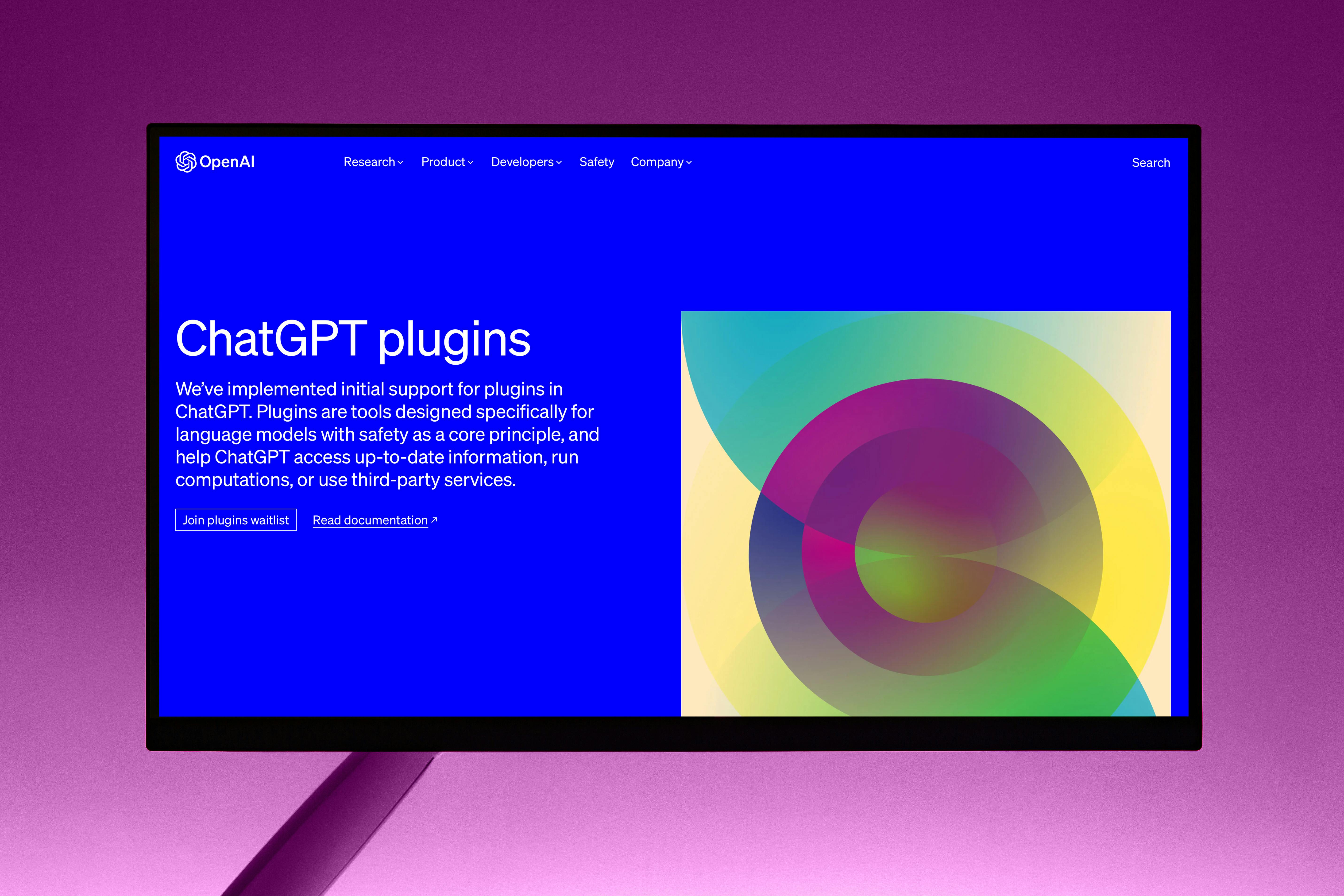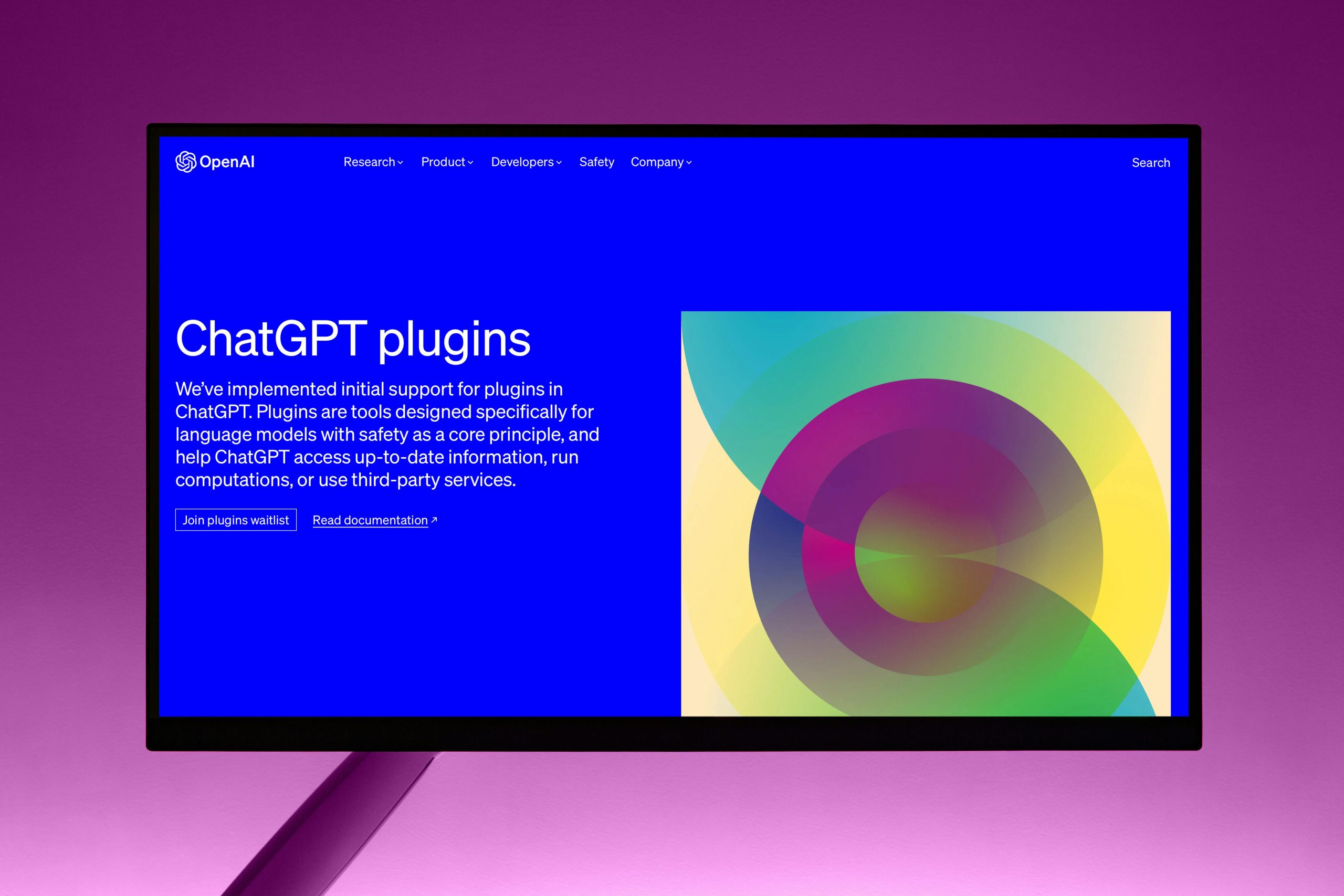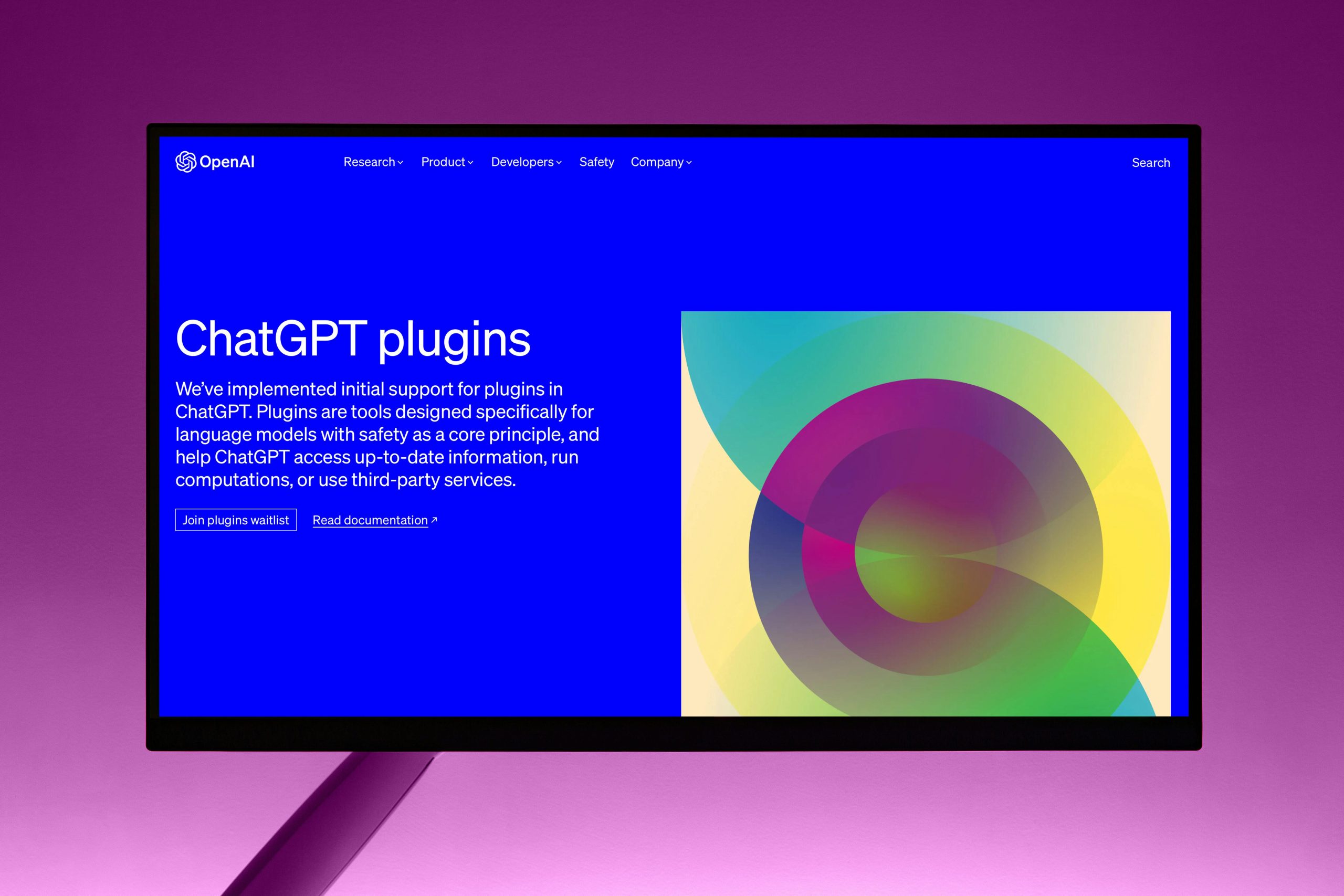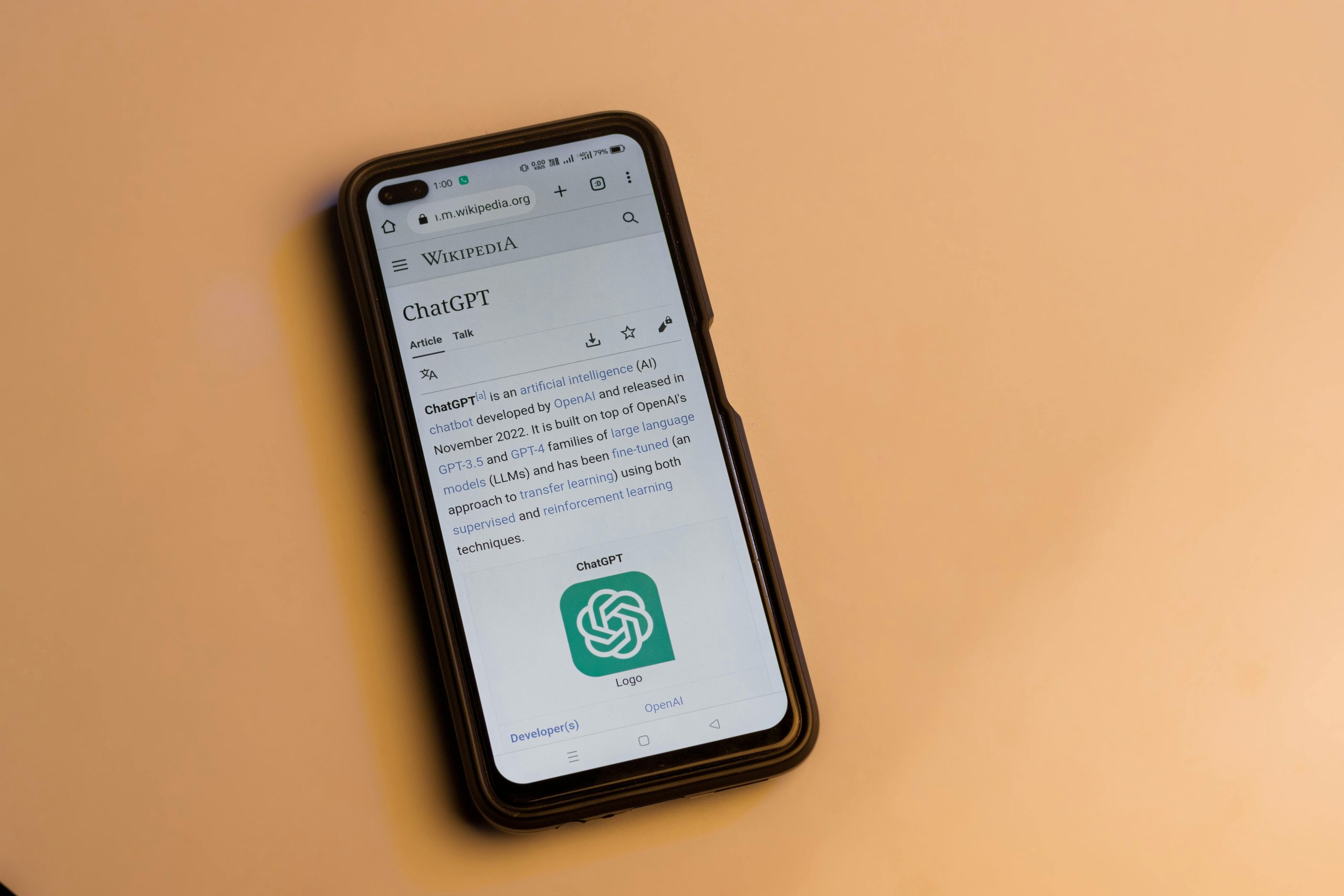
The Continuing Intertwining of Research and Product Roadmaps
The *real* value of the initial partnership—the synergy between bleeding-edge research and immediate, massive enterprise distribution—is not just preserved; it’s codified for the long haul. OpenAI is officially cemented as Microsoft’s dedicated partner for accessing frontier models—the absolute leading edge of AI iteration—throughout this extended period.
This structured integration means the development roadmaps are now functionally *one*. OpenAI’s scientific leaps don’t sit on a shelf; they are directly piped into Microsoft’s ecosystem—from the OS kernel to cloud services to developer tools. This creates a competitive moat that is incredibly difficult for rivals to cross, as they lack this deeply capitalized, long-term research pipeline.
The New Freedom: Where the Two Giants Can Now Compete
The brilliance of the new framework is that while they remain linked at the frontier, they are now permitted to build independent hedges. This is where the relationship moves from a dependency to a high-stakes strategic alliance where both sides can sprint toward AGI separately:
This is a necessary evolution. As the technology becomes more existential, the need for contingency planning—for both parties—became paramount. The old structure was too brittle for the AGI era. Now, you have two colossal, deeply connected, yet independently capable entities ready to compete fiercely for market share while retaining a shared foundational technology access point.
The Consumer Hardware Question: A Clear Line in the Sand
One area where the roadmaps are explicitly decoupled is consumer hardware. Microsoft’s IP rights explicitly exclude OpenAI’s ventures into consumer devices—like the highly anticipated hardware efforts involving former Apple designer Jony Ive’s team.. Find out more about Microsoft OpenAI 2032 partnership extension details guide.
This single exclusion clarifies a massive potential conflict point. If OpenAI develops a revolutionary AI-centric device, Microsoft will not automatically get the underlying model IP for that specific hardware application. This boundary setting is vital for maintaining trust and ensuring that neither party feels cannibalized by the other’s non-core business expansion. If you’re tracking the AI hardware landscape in 2025, this detail signals that the consumer device race will feature a fully independent OpenAI playing field against Microsoft’s existing Surface/Windows ecosystem.
The Broader Societal and Industry Significance: New Rules of Engagement
The financial terms—the \$135 billion stake for Microsoft, the \$250 billion compute contract, the \$500 billion valuation for OpenAI—are headline-grabbing. But the true impact is in the structural precedents this revised agreement sets for the entire technology sector as it navigates the final approach to Artificial General Intelligence.
Setting Precedents for Future Hybrid AI Ventures
The success of this restructuring—taking a research-first organization and formalizing it as a Public Benefit Corporation (PBC) with a massive corporate backer—is establishing the definitive blueprint for future high-stakes, mission-driven technology ventures.
The PBC model is the compromise that the AI world needed. It allows organizations to meet the enormous capital demands of scaling AI—which require near-limitless compute budgets—while maintaining a legally defined commitment to a higher purpose beyond mere profit maximization. As other deep-tech innovators struggle to balance ethical imperatives with the ruthless demands of hardware scale, this structure provides a tested framework.. Find out more about Microsoft OpenAI 2032 partnership extension details tips.
Key Architectural Learnings from the PBC Shift:
This model is rapidly becoming the required corporate architecture for any AI lab seeking both revolutionary capital and public trust. If you are looking at building a mission-driven tech startup in the next five years, you will be measured against this framework.
Navigating the Inevitable Regulatory Gaze: The Transparency Tightrope
The structural alignment between the world’s dominant software platform and the most advanced AI research lab does not go unnoticed by Washington D.C., Brussels, or Beijing. The concentration of profound technological capability, from fundamental model training to global cloud deployment, within this single strategic partnership creates undeniable antitrust and systemic risk concerns.
Reports prior to today’s announcement detailed the intense scrutiny over opaque finances and governance disputes. While the new agreement attempts to mitigate *some* of the prior friction—granting OpenAI operational independence and compute diversification—the inherent symbiosis remains profound. Regulators will not be looking away.
Future legislative and oversight efforts will focus intensely on several core areas, and this agreement will serve as the primary case study:
The success, or failure, of this long-term arrangement will dictate the regulatory tone for the entire artificial intelligence industry for the remainder of the decade. If this structure proves to be both stable and responsible, it becomes the path forward; if it leads to regulatory backlash, expect a far more constrained and fractured AI development environment.
Key Takeaways and Your Next Steps in the New AI Reality
The dust has settled on the most consequential partnership negotiation in modern tech history. This is not a short-term fix; it is a declaration of intent to dominate the technological landscape through the AGI era.
Here are the crucial takeaways for everyone watching the tech sector:. Find out more about New Microsoft OpenAI equity stake agreement terms insights guide.
Practical Advice for Business Strategy:
If your business relies on advanced AI capabilities, your strategic planning should shift from worrying about the *availability* of frontier models to focusing on *integration depth*. The models are here to stay, and they are deeply linked to Microsoft’s operating environment.. Find out more about OpenAI frontier models exclusivity for Microsoft ecosystem insights information.
The horizon has been extended, the structures are set, and the race to general intelligence is now operating under a clearly defined, decade-long contract. What are you building to take advantage of this stability?
What part of this new decade-long framework do you think creates the biggest competitive advantage for Microsoft, and what part opens the biggest new opportunity for OpenAI? Drop your thoughts in the comments below—we need to dissect this structure completely.










